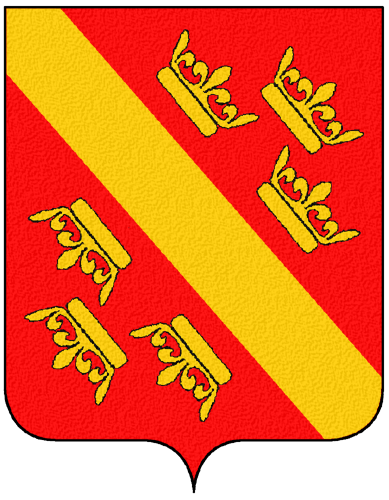| In medieval times the area of Alsace was divided in two districts, which were named Nordgau ("Nordgowe", "Unterelsass", "Bas-Rhin") and Sundgau ("Suntgowe", "Sundgau", "Oberelsass", "Haut-Rhin"). The border was the old roman province border between the southern Gaul and the northern Germanic province at the land ditch southern of Schlettstadt. First the Sundgau was reigned by the counts "von Pfirt" (de Ferette). The first count "von Pfirt" was "Ludwig von Mousson", who was mentioned 1042 as castelenus in Möpelgard, Altkirch and Pfirt and got these areas as a feud from emperor Heinrich IV. They sold in 1291 the Sundgau to the bishop of Basel and got it back as heritable feud. This feud came after the extinction of he male line and marriage under Habsburg rule. In the Peace of Westphalia the area got a part of France. The first occurrence of the family name Krust is found in the first half of the 16th century in Schweighouse near Thann in the Upper Alsace. |
|
| A linguistic trait of the area can be quoted as an example: The oldest known name bearer of the Alsace has the Old High German name Diebolt, a common name in the Upper Alsace and the Alsatian Krust family. The name is composed of the two Old High German Words diot=people and bald=bold. Caused by the French German bilingualism of the area the name was translated after the Thirty Years War to the similar sounding French Thiébaut. The retranslation to German got Theobald, the Latin form of Diebolt. The first syllable of the Latin form sounds like the Greek theos=God. |

